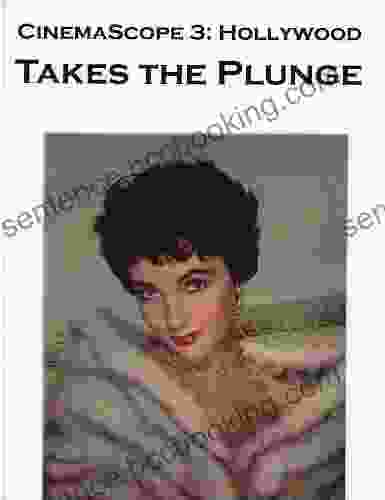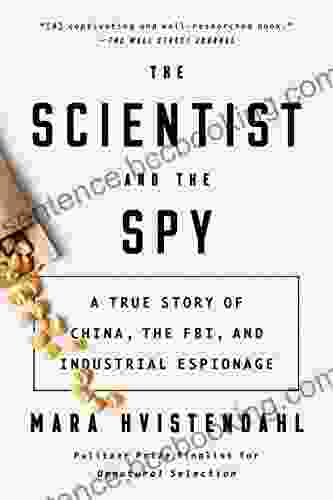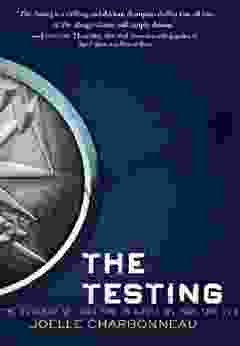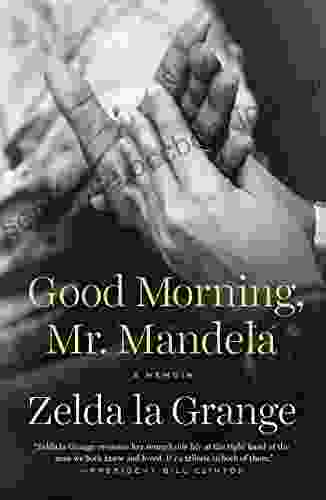Hollywood Takes the Plunge: A Detailed Survey of 164 Wide Screen Movies

The Dawn of Widescreen
In the early days of film, the standard aspect ratio was 1.33:1, known as the "Academy ratio." This narrow format was inherited from the silent era, when films were projected onto square screens. However, as sound became integrated into films, screens widened to accommodate the speakers, resulting in a shift towards wider aspect ratios.
4.8 out of 5
| Language | : | English |
| File size | : | 1384 KB |
| Text-to-Speech | : | Enabled |
| Enhanced typesetting | : | Enabled |
| Word Wise | : | Enabled |
| Print length | : | 451 pages |
| Lending | : | Enabled |
| Screen Reader | : | Supported |
The first major studio to embrace widescreen technology was Fox, which introduced CinemaScope in 1953. CinemaScope used anamorphic lenses to squeeze a wider image onto standard 35mm film, which could then be projected onto a screen with an aspect ratio of 2.55:1. This created a more immersive and panoramic viewing experience, especially for epic films like 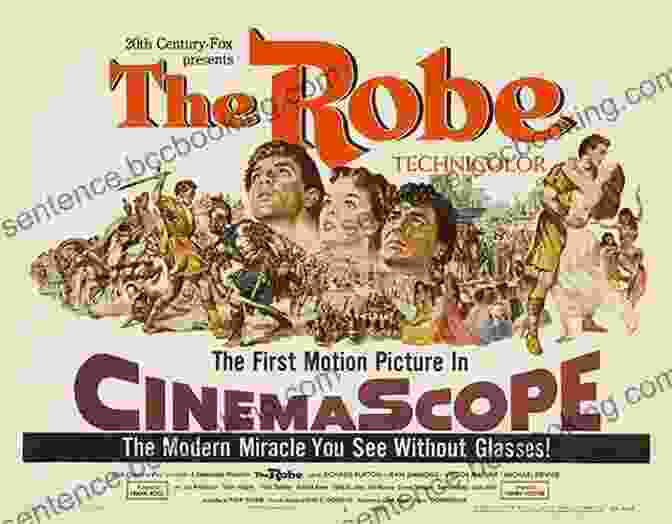
The Wide Screen Era
The success of CinemaScope prompted other studios to develop their own widescreen formats. Paramount introduced VistaVision in 1954, which used a special 8-perf camera to capture images on twice the amount of film, resulting in a higher resolution and wider aspect ratio of 1.85:1. MGM countered with MGM Camera 65 in 1956, which used 65mm film stock and an aspect ratio of 2.76:1, offering even greater image quality and immersion.
The widescreen era reached its peak in the late 1950s and early 1960s. During this time, some of the most iconic films of Hollywood history were released in widescreen, including 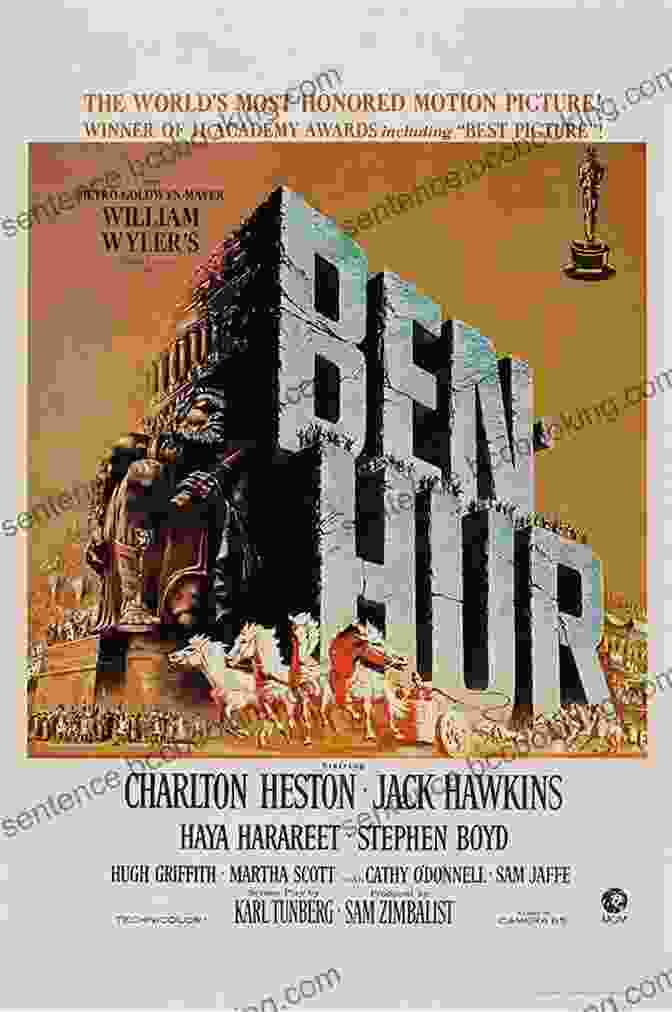
The Decline of Widescreen
However, the widescreen era began to decline in the late 1960s. Television became increasingly popular, and its standard 4:3 aspect ratio became more familiar to audiences. In addition, rising production costs and the popularity of home video led studios to favor smaller film formats that were more economical to shoot and distribute.
As a result, widescreen formats gradually fell into disuse. CinemaScope was discontinued in the 1970s, VistaVision in the 1980s, and MGM Camera 65 in the 1990s. By the early 21st century, the 1.85:1 aspect ratio had become the standard for most Hollywood films.
The Resurgence of Widescreen
In recent years, there has been a resurgence of interest in widescreen films. The development of high-definition television and digital projection has made it easier and more affordable to distribute films in widescreen formats.
Additionally, the rise of streaming services has created a demand for content that can be viewed in a cinematic aspect ratio on home devices. As a result, many new films are now released in widescreen formats, including blockbusters like 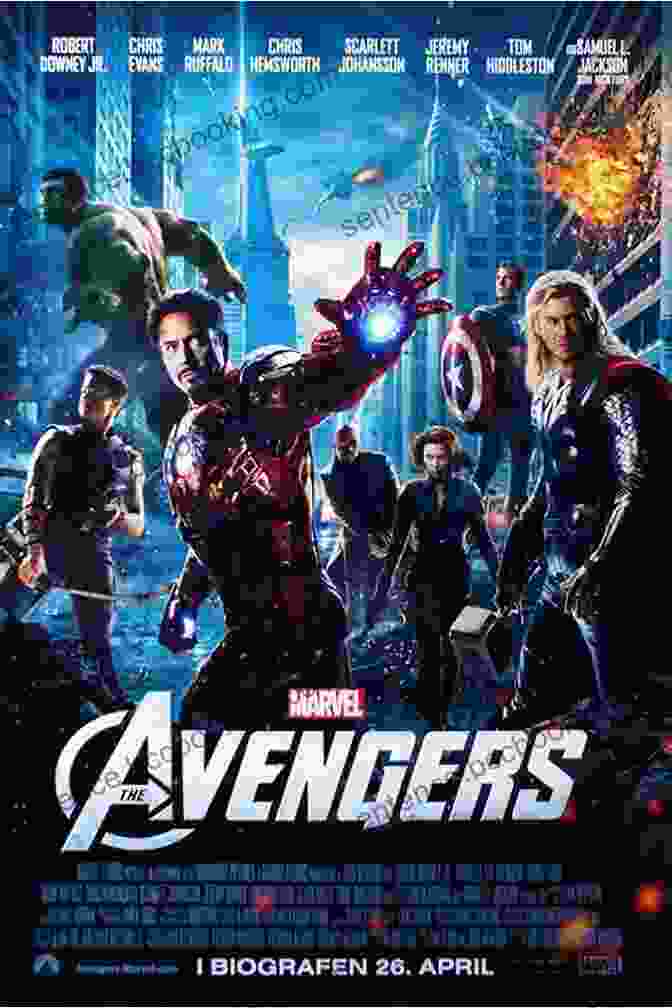
The Impact of Widescreen
Widescreen films offer a number of advantages over traditional formats. The wider aspect ratio allows for more expansive compositions, which can create a more immersive and cinematic experience. Widescreen formats also provide greater flexibility for filmmakers, allowing them to explore new visual possibilities and storytelling techniques.
In addition, widescreen films can help to preserve the original artistic vision of a director. Cinematographers and directors often choose to shoot in widescreen to achieve a specific visual aesthetic or to convey a particular mood or tone. By preserving the widescreen aspect ratio, these films can be seen as the filmmakers intended, without sacrificing any of their visual integrity.
Wide Screen Classics
The following is a list of 164 wide screen films that exemplify the diversity and impact of this format:
4.8 out of 5
| Language | : | English |
| File size | : | 1384 KB |
| Text-to-Speech | : | Enabled |
| Enhanced typesetting | : | Enabled |
| Word Wise | : | Enabled |
| Print length | : | 451 pages |
| Lending | : | Enabled |
| Screen Reader | : | Supported |
Do you want to contribute by writing guest posts on this blog?
Please contact us and send us a resume of previous articles that you have written.
 Book
Book Novel
Novel Page
Page Chapter
Chapter Text
Text Story
Story Genre
Genre Reader
Reader Library
Library Paperback
Paperback E-book
E-book Magazine
Magazine Newspaper
Newspaper Paragraph
Paragraph Sentence
Sentence Bookmark
Bookmark Shelf
Shelf Glossary
Glossary Bibliography
Bibliography Foreword
Foreword Preface
Preface Synopsis
Synopsis Annotation
Annotation Footnote
Footnote Manuscript
Manuscript Scroll
Scroll Codex
Codex Tome
Tome Bestseller
Bestseller Classics
Classics Library card
Library card Narrative
Narrative Biography
Biography Autobiography
Autobiography Memoir
Memoir Reference
Reference Encyclopedia
Encyclopedia Joe Starita
Joe Starita Stephanie Bond
Stephanie Bond L T Vargus
L T Vargus Luke Sullivan
Luke Sullivan Vanessa Cortese
Vanessa Cortese Justin Lichter
Justin Lichter John David Ebert
John David Ebert John Frohnmayer
John Frohnmayer Saras D Sarasvathy
Saras D Sarasvathy Kody Brown
Kody Brown Joe D Batten
Joe D Batten Lawrence Sanders
Lawrence Sanders Miriam Green Ellis
Miriam Green Ellis John G West
John G West Joe Chilson
Joe Chilson Jm Mason
Jm Mason John Connolly
John Connolly Murray Pomerance
Murray Pomerance Nick Chiles
Nick Chiles Kaushy Patel
Kaushy Patel
Light bulbAdvertise smarter! Our strategic ad space ensures maximum exposure. Reserve your spot today!

 Russell MitchellMaster IELTS Writing with "Band ILETS Writing for Academics": Your Ultimate...
Russell MitchellMaster IELTS Writing with "Band ILETS Writing for Academics": Your Ultimate...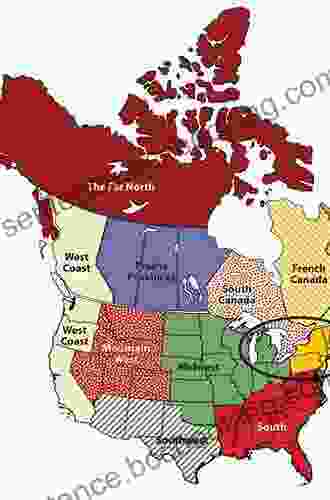
 Brayden ReedRegional Geography of the United States and Canada: Exploring the Tapestry of...
Brayden ReedRegional Geography of the United States and Canada: Exploring the Tapestry of... Fabian MitchellFollow ·7.3k
Fabian MitchellFollow ·7.3k Carl WalkerFollow ·5.7k
Carl WalkerFollow ·5.7k Clarence MitchellFollow ·14.1k
Clarence MitchellFollow ·14.1k Deion SimmonsFollow ·11.9k
Deion SimmonsFollow ·11.9k Christopher WoodsFollow ·5.8k
Christopher WoodsFollow ·5.8k Neil GaimanFollow ·8.8k
Neil GaimanFollow ·8.8k Jon ReedFollow ·3.5k
Jon ReedFollow ·3.5k T.S. EliotFollow ·15.5k
T.S. EliotFollow ·15.5k

 Jesus Mitchell
Jesus MitchellDiscover the World of Satisfying Meals with Or...
In a world where culinary creations often...

 Darius Cox
Darius CoxJourney into the Extraordinary Life of Kublai Khan: An...
Immerse Yourself in the Fascinating...

 Gil Turner
Gil TurnerThe Fourth Industrial Revolution: The Precariat and the...
In his groundbreaking book, The Fourth...
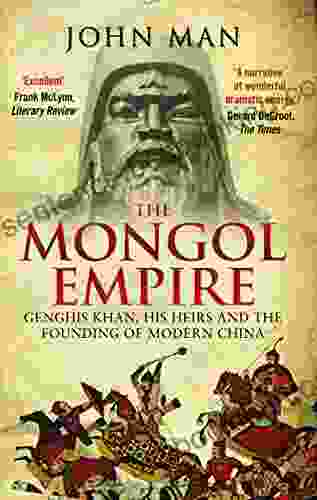
 Jonathan Franzen
Jonathan FranzenGenghis Khan: His Heirs and the Founding of Modern China
Genghis Khan, the...
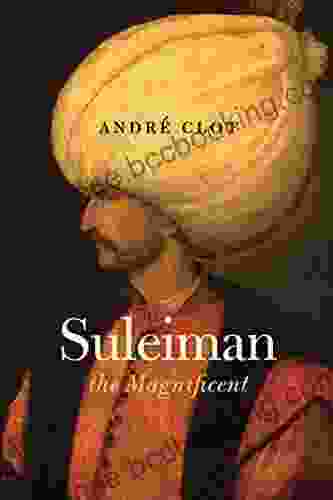
 Eugene Powell
Eugene PowellJourney Through the Golden Age of the Ottoman Empire with...
Delve into the Enchanting World of the...
4.8 out of 5
| Language | : | English |
| File size | : | 1384 KB |
| Text-to-Speech | : | Enabled |
| Enhanced typesetting | : | Enabled |
| Word Wise | : | Enabled |
| Print length | : | 451 pages |
| Lending | : | Enabled |
| Screen Reader | : | Supported |


